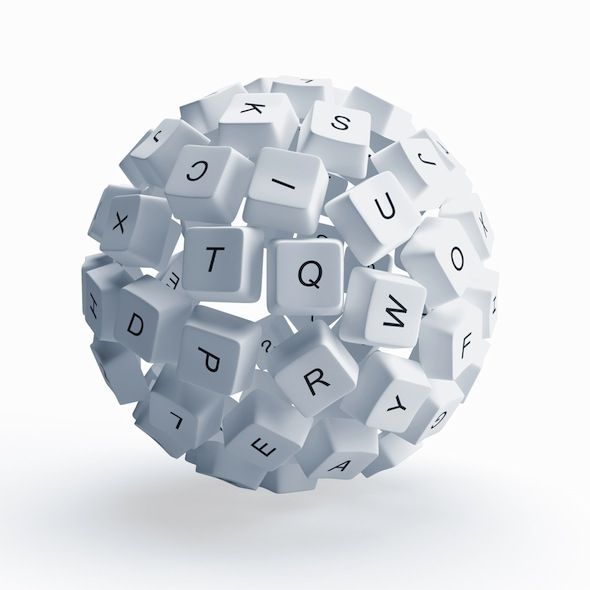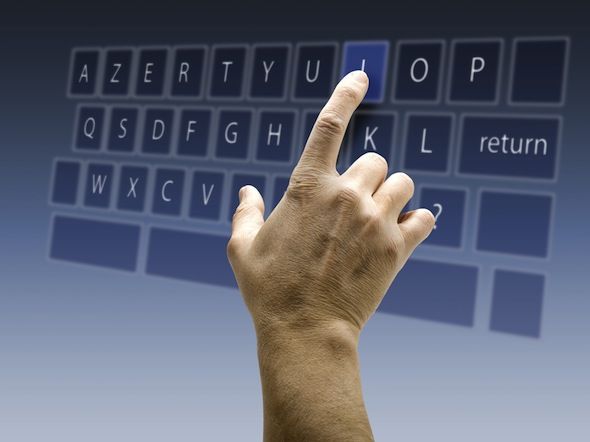Have you ever travelled abroad and sat down in an Internet café only to find that you can't work out how to type anything on the foreign keyboards? Well, you're not alone. This happens to many travellers and is a huge source of frustration - especially considering how much Internet cafés can cost! No-one wants to waste time searching for a key that must be typed.
The problem arises from all the local variants on keyboards, which are adapted to make it easy to type in local languages and currencies. This means that sometimes the letters are rearranged from QWERTY to AZERTY in France or QWERTZ in Germany, while around the letters, access to the @$€£ symbols (and more) may be removed in favour of locally used accents and currency symbols.
Here's how to deal with the changes in keyboards as you travel.
To illustrate just how often foreign keyboards trip people up, take a look at how often people in France type in FRQNCE instead of FRANCE. You'll see that there's a spike in searches for FRQNCE every summer when the tourists visit and forget that it's not a QWERTY layout. So, you're not alone in your frustration!
Learn The ASCII Code Numbers
No matter what computer you're on, if you press and hold the ALT key and type the right code it will input the character of your choice. So, the trick here is to memorise the codes for all the important symbols which are likely to move around, such as @ and any currency symbols you need. That or you could search quickly for a table of ASCII codes when you arrive at your internet café and refer to it.
Copy & Paste The Symbols
If you're not keen to learn codes and the idea of searching for a page of symbols doesn't sound too hard, then you could always copy and paste the symbol you need into whatever you're typing. This could well mess up your text formatting, but it will do the trick if absolutely necessary.
Re-Map An Under-Used Key
If you're using the keyboard for a decent length of time, you could consider re-mapping an under-used key to be the symbol you want. This is different for all operating systems, but in Windows you can either use a registry hack or try some free key re-mapping software.
Use A Portable Keyboard Layout
Users of alternative keyboard layouts like DVORJAK often use portable keyboard layouts to switch computers to their chosen layout. This is also a great way to switch back to your preferred keyboard layout from the international varieties you'll find when travelling. To use it you will need to be proficient at touch-typing.
Re-Map The Keyboard
Another method for touch-typers is to use a way to change the keyboard entirely to one you're familiar with. In any operating system there will be options for language locales and associated keyboards. Head into the language settings and switch to your preferred layout. See the following article for more instructions:
Bring A Wireless Keyboard
If you have a little space in your luggage and you know sticking with a familiar keyboard is the best idea for you, you could always bring your own keyboard. Often wireless keyboards aren't that big and can be easily connected via USB to whatever computer you're using.
More Reading
If you're a travelling geek, you should also check out these articles:
- 8 Crucial Things You Should Know Before Travelling Abroad With Your Phone, Tablet, Or Laptop
- How To: Easy Keyboard Shortcuts For Accent Marks on Letters [Mac]
What's your favourite way to deal with keyboard problems while travelling?
Image Credit: Shutterstock, Shutterstock





